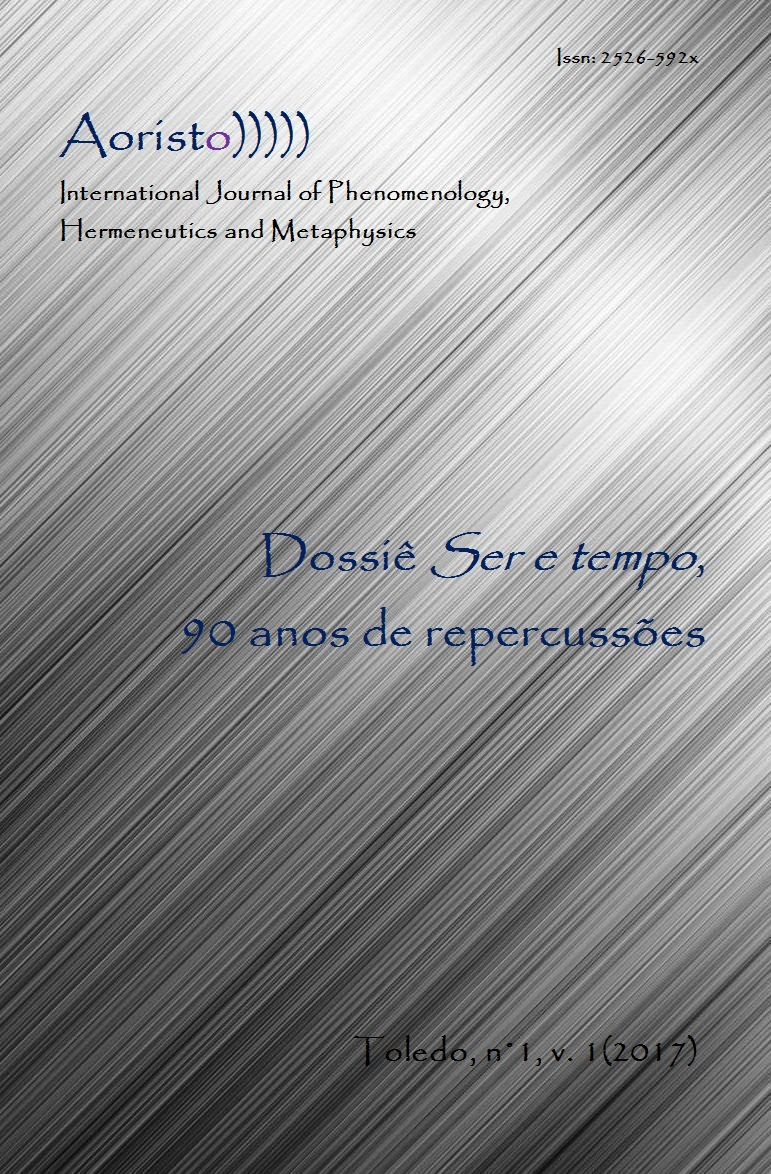Sobre a estética do feio em Karl Rosenkranz e Christian Hermann Weisse
DOI:
https://doi.org/10.48075/aoristo.v1i1.16529Palavras-chave:
Estética do Feio, Rosenkranz, Weisse, Meta´físicaResumo
Este artigo estuda alguns aspectos de uma das maiores transformações na história do pensamento estético, nomeadamente, a teorização estética do feio. A seguir a referências a concepções estéticas do feio em E. Lessing e F. Schlegel, é estudada a concepção dialética do feio segundo o Sistema da Estética (1830) de Ch. H. Weisse, da escola hegeliana. O feio é entendido então como a aparição não sublimada da contradição inerente ao finito. Esta concepção abre caminho à Estética do Feio, de K. Rosenkranz, a única e certamente primeira estética do feio, completa, independente e sistemática. Através do estudo das suas teses principais e de alguns exemplos citados pelo autor, mostra-se como a estética do feio de Rosenkranz, apesar da sua pertença ainda em parte a cânones clássicos, abre o caminho para a autonomização do feio e à substituição de uma estética da beleza por outros valores, participando de um movimento de transformação da razão mais geral iniciado no final do séc. XVIII.
Downloads
Publicado
Como Citar
Edição
Seção
Licença

Este trabalho está licenciado sob uma licença Creative Commons Attribution-NonCommercial-NoDerivatives 4.0 International License.
Copyright Notice
1. I grant the AORISTO – International Journal of Phenomenology, Hermeneutics and Metaphysics the first publication of my article, licensed under Creative Commons Attribution (which allows sharing of work, recognition of authorship and initial publication in this journal).
2. I confirm that my article is not being submitted to another publication and has not been published in its entirely on another journal. I take full responsibility for its originality and I will also claim responsibility for charges from claims by third parties concerning the authorship of the article.
3. I also agree that the manuscript will be submitted according to the Aoristo’s publication rules described above.
License Creative Commons
This work is licensed under a Creative Commons Atribuição-NãoComercial-CompartilhaIgual 4.0 Internacional, which allows you to share, copy, distribute, display, reproduce, in whole or in part, for as long as there is no commercial purpose, and authors and source are cited.


